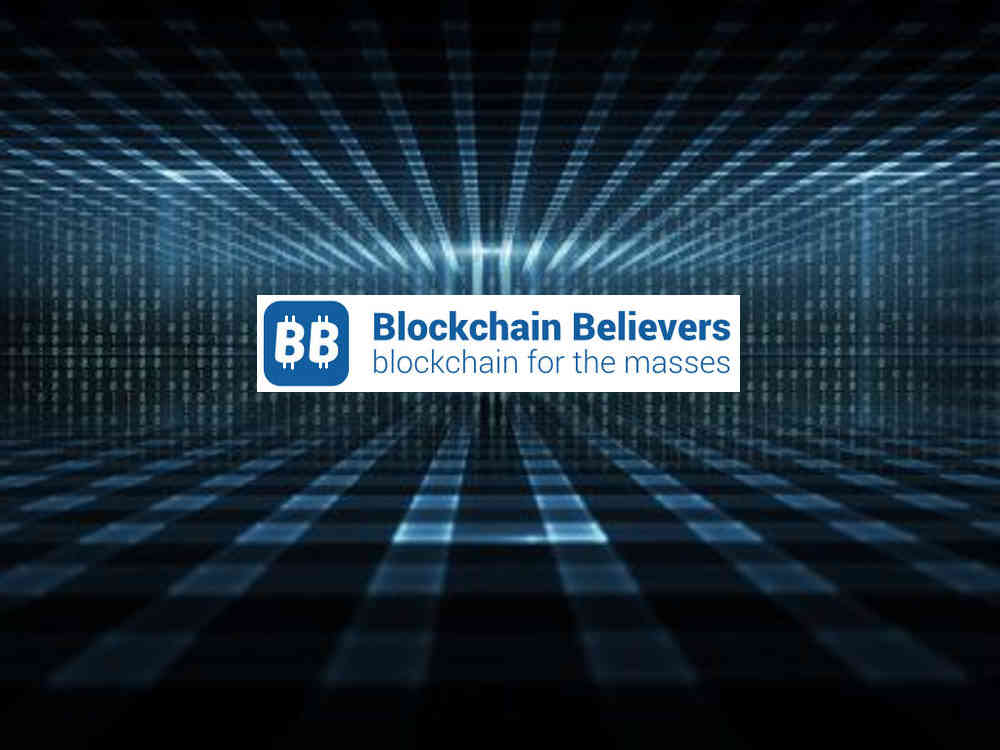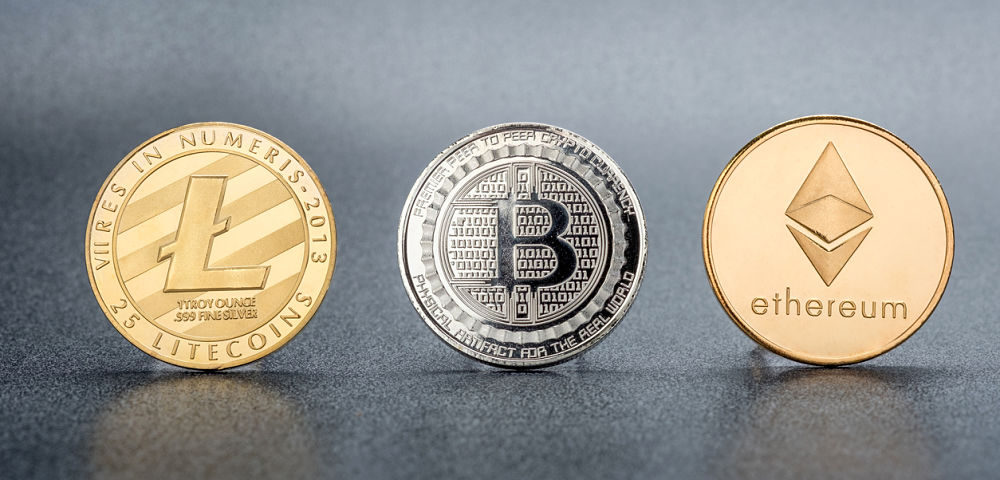Blockchain technology, which underpins cryptocurrencies such as Bitcoin, can help the poor access financial services, notes this opinion piece.
Can the blockchain, a distributed ledger technology that underpins cryptocurrencies such as the Bitcoin, be used to help millions of poor people gain access to financial services? Recent announcements by companies such as IBM and MasterCard suggest that it can, writes social venture capitalist Mir Haque in this opinion piece.
Haque is the CEO of Aphaea Capital, a blockchain and cryptocurrency venture fund. Previously, he worked at McKinsey & Co., Deutsche Bank and Google. Haque also recently moderated the conference panel, ‘How Blockchain Can Advance Social and Economic Justice,’ at the 2017 Blockchain Economic Forum in New York.
Can blockchain technology, the decentralized peer-to-peer network underpinning cryptocurrencies such as Bitcoin, bridge the economic divide for the developing world the same way that the internet has bridged the information gap? Developments over the last few weeks make us hopeful that it can.
Some 2.7 billion people worldwide today have zero access to capital. Despite lacking any credit history or verifiable economic identity, these so-called unbanked or under-banked individuals can now access global capital markets with a $10 Android phone, thanks to blockchain-based economic identity platforms like BanQu or Humaniq that create a unique hash of verifiable authenticity — similar to a social security number — from a simple retina scan or selfie. Since 60% of the unbanked already own mobile phones, these devices serve as ideal platforms to reach these mainly impoverished populations living in the remotest regions of the developing world. The total market opportunity this group represents is a staggering $380 billion, according to a recent report.
The biggest challenge to scaling for this industry, however, has been payment interoperability (i.e. ability to transact with each other) between mobile money providers and local bank, merchant or government institutions, so that a recipient in rural area can either shop with digital currency or convert the digital cash into local currency for purchasing goods and services.
Source/More: How Blockchain Technology Can Serve the Have-nots – Knowledge@Wharton














